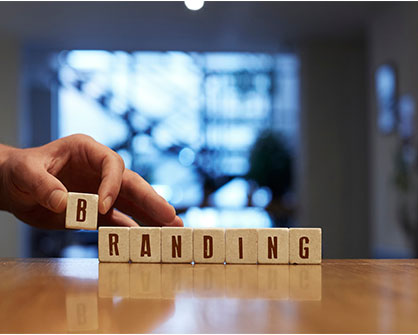In our eye’s, the single most important document we use on our projects is a briefing document. When we’re approached by a client with a new project we need to gather specific information which will give us a better understanding of the clients needs. While you, as a client, can easily just jot down some notes and points that the client gives you it is far more productive and organised to have a document that you can fill out along with the client and a list of questions and topics that will guide you in the meeting. Alternatively, some clients decide to write their own briefs which are just as helpful but may be missing some information so you may like to add to it.
So, in saying that, where do you start when writing a brief? Well as the song goes… “Let’s start at the very beginning”…
CLIENT BACKGROUND
If you’re working with a new creative team then it’s a good idea to give them a short background history so they will get a good understanding of you and your business. You should communicate to them what your ambitions are for the business so they can get an impression of your personality and the personality of your business.
PROJECT OVERVIEW
You need to give as much information as you can on the project itself. The deadline for the project is very important and from there you can work backwards as to what stages need to be completed by when. Details such as the objective of the job, your target market, any restrictions the project may have and examples of work you like or dislike which will give them an understanding of their expectations. You also need to let them know if you have any resource materials such as imagery or illustrations that needs to be used in the job.
PROJECT DETAILS
The next step is to determine the specifics of the job. The medium it will be executed in so whether it’s online (i.e. website or social media) or offline (i.e. brochure, packaging, signage, advertising) and all the information for this. So for example if the job was a brochure you need to discuss the size, quantity, how many pages might there be, any finishes you might like such as gold foil or a special paper.
Sometimes you might have fixed idea’s of what you’re looking for and sometimes you won’t, so you will need guidance from creatives on what will and won’t work and what idea’s they might have to best suit the project. By having all the above information first this will help you and the creative team in coming up with a strategy that works for you and your business.
And that’s it! Some of these points might seem obvious but by having them in a structured way in a document before you meet with your creative team will ensure you don’t forget anything and will be fully able to brief the job as best you can. You might find it opens up your mind to other avenues you hadn’t thought of or give the creatives a much better idea as to how the project might develop.


